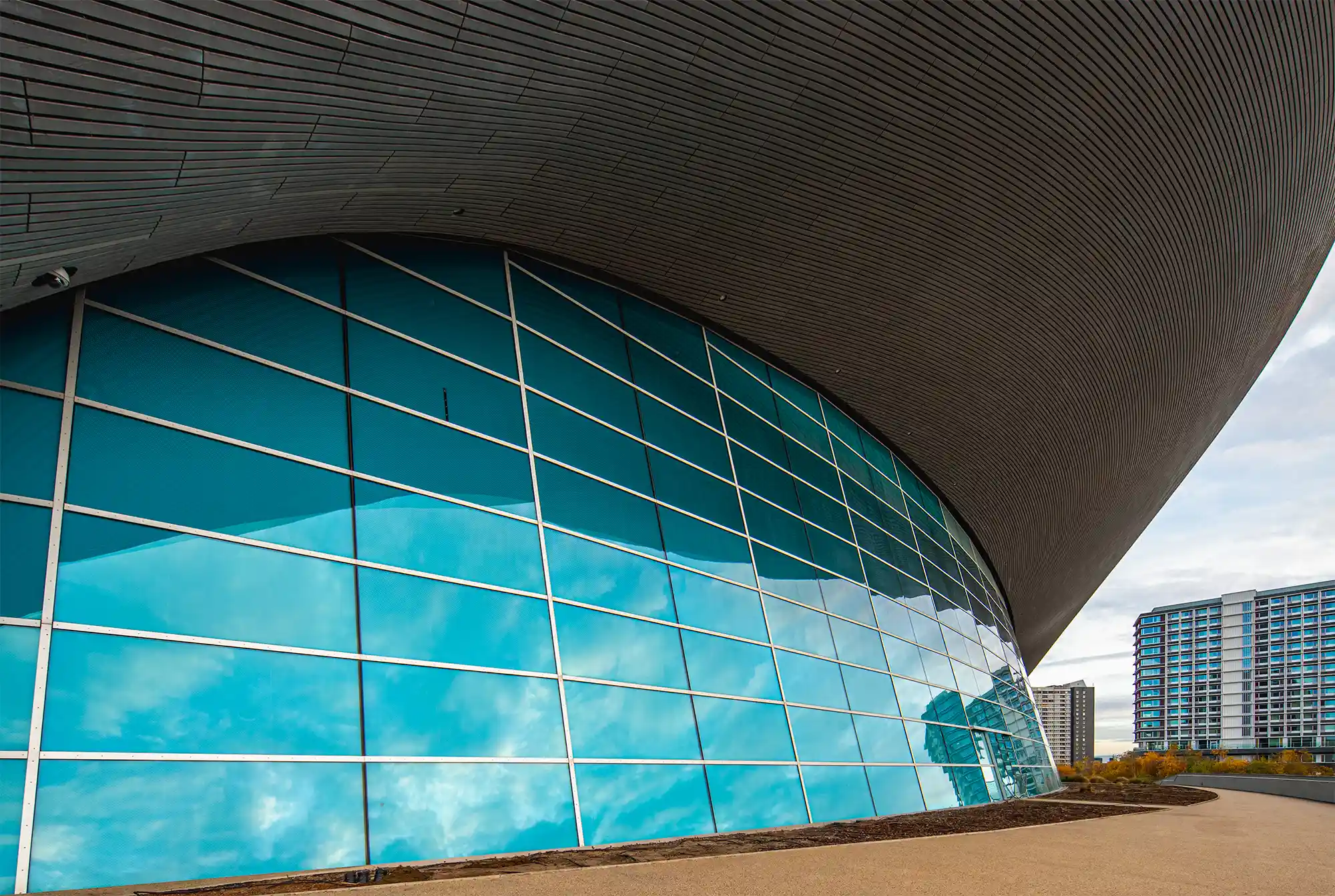How to Master Architectural Photography: 9 Tips from a London-Based Pro
Introduction – Why Architectural Photography Matters
Architectural photography isn’t just about capturing buildings; it’s about telling the story of human ambition, design, and interaction with space. Whether you’re shooting for an architect’s portfolio, a real estate client, or your own creative expression, understanding how to present structures in their best light is a skill that sets professionals apart.
Table of Contents
ToggleAs a London-based photographer with years of experience in architectural and documentary work, I’ve implemented techniques that elevate images from documentation to art. Here are nine essential tips that will help you master the craft—whether you’re just starting out or refining your professional edge.
Tip #1 – Understand the Structure Before Shooting
Every building has a story. Before lifting the camera, take time to understand the architect’s intent. Was the building designed for function, symbolism, or both? How does it interact with its environment?
Researching the history and design intention
Understanding who designed the structure, why it was built, and how it’s used will give you a deeper perspective. It helps you anticipate the best angles, details, and timing for your shoot.
Tip #2 – Use Natural Light to Your Advantage
Light is the language of photography—and in architecture, it shapes every line, shadow, and texture.
Golden hour and shadow play
Photograph during early morning or late afternoon when the sun is low. This not only reduces harsh contrasts but adds depth, emotion, and drama to the structure.
Avoiding distortion from artificial light
Indoor spaces lit by fluorescent or mixed-temperature lighting can be tricky. When possible, shoot during daylight hours or bring in neutral lighting to maintain color integrity.
Tip #3 – Choose the Right Gear
Your equipment should serve your vision, not limit it.
Lenses for interior vs. exterior
A wide-angle lens is crucial for interiors, but avoid going so wide that you introduce distortion. For exteriors, a 24mm or tilt-shift lens gives more control over vertical lines.
Tripods and perspective correction tools
A sturdy tripod allows for slower shutter speeds and fine composition. Use bubble levels or built-in tools to ensure horizontal and vertical alignment.
Tip #4 – Master Composition Techniques
Architectural photography benefits from classic compositional rules—symmetry, repetition, and negative space all come into play.
Leading lines, symmetry, and framing
Use railings, beams, or pathways to guide the viewer’s eye. Find symmetry where possible, and don’t be afraid to break it when it tells a stronger story.

Tip #5 – Control Perspective and Distortion
Nothing shouts amateur like converging vertical lines in a building shot.
Tilt-shift lenses and post-correction
Use tilt-shift lenses when possible for precise in-camera correction. If not, software like Lightroom or Photoshop can help straighten lines in post.
Vertical vs. horizontal lines
Always decide what lines must remain true to perspective. Architectural integrity often relies on maintaining accurate proportions.
Tip #6 – Focus on Detail and Texture
Zooming in on materials, patterns, and textures helps convey the tactile quality of a structure.
Close-ups that tell a bigger story
Details like ornate ironwork, raw concrete, or the reflection in a glass façade add richness and break the monotony of wide shots.
Tip #7 – Plan for the Environment
Buildings don’t exist in a vacuum. Pedestrians, cars, signage, weather—all influence your final image.
Weather, people, traffic, and time of day
Scout the location in advance. Know when the light is best, and when crowds are minimal. Cloudy days offer soft light, while rain or fog can create moody, cinematic effects.
Tip #8 – Post-Processing with Intention
Editing should enhance what you saw—not fabricate what wasn’t there.
Enhancing reality vs. creating fiction
Balance is key. Adjust contrast and clarity to make lines pop. Use color grading to unify the image, but avoid overprocessing. Maintain architectural integrity.
Tip #9 – Tell a Story with Every Frame
Beyond technique, what makes your photos memorable is their ability to tell a story.
Architectural photography as visual narrative
Is the building aged or modern? Peaceful or chaotic? Use angles, composition, and lighting to reflect those emotional cues.
Use series or diptychs for depth
Sometimes one photo isn’t enough. A series of three images—wide, mid, and detail—can offer a complete experience of the subject.
Final Thoughts – Becoming a Thoughtful Architectural Photographer
Mastery comes not just from technical skill, but from patience, observation, and connection to the subject. In London, where historical and modern structures coexist, every building is a chance to explore contrast, culture, and design.
Whether you’re building a portfolio or shooting your next commissioned project, let these tips ground your practice. Elevate your architectural photography from good to unforgettable.

